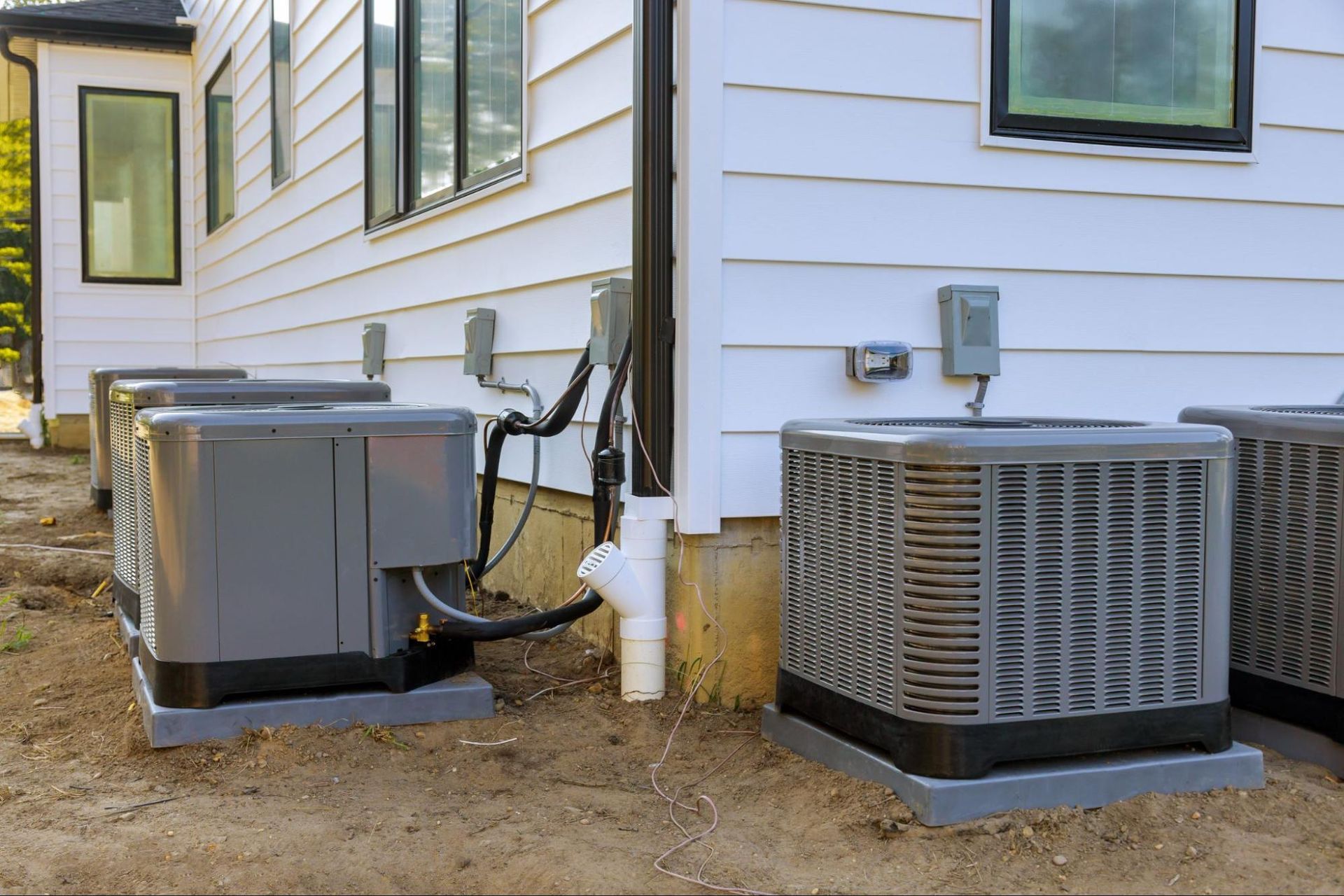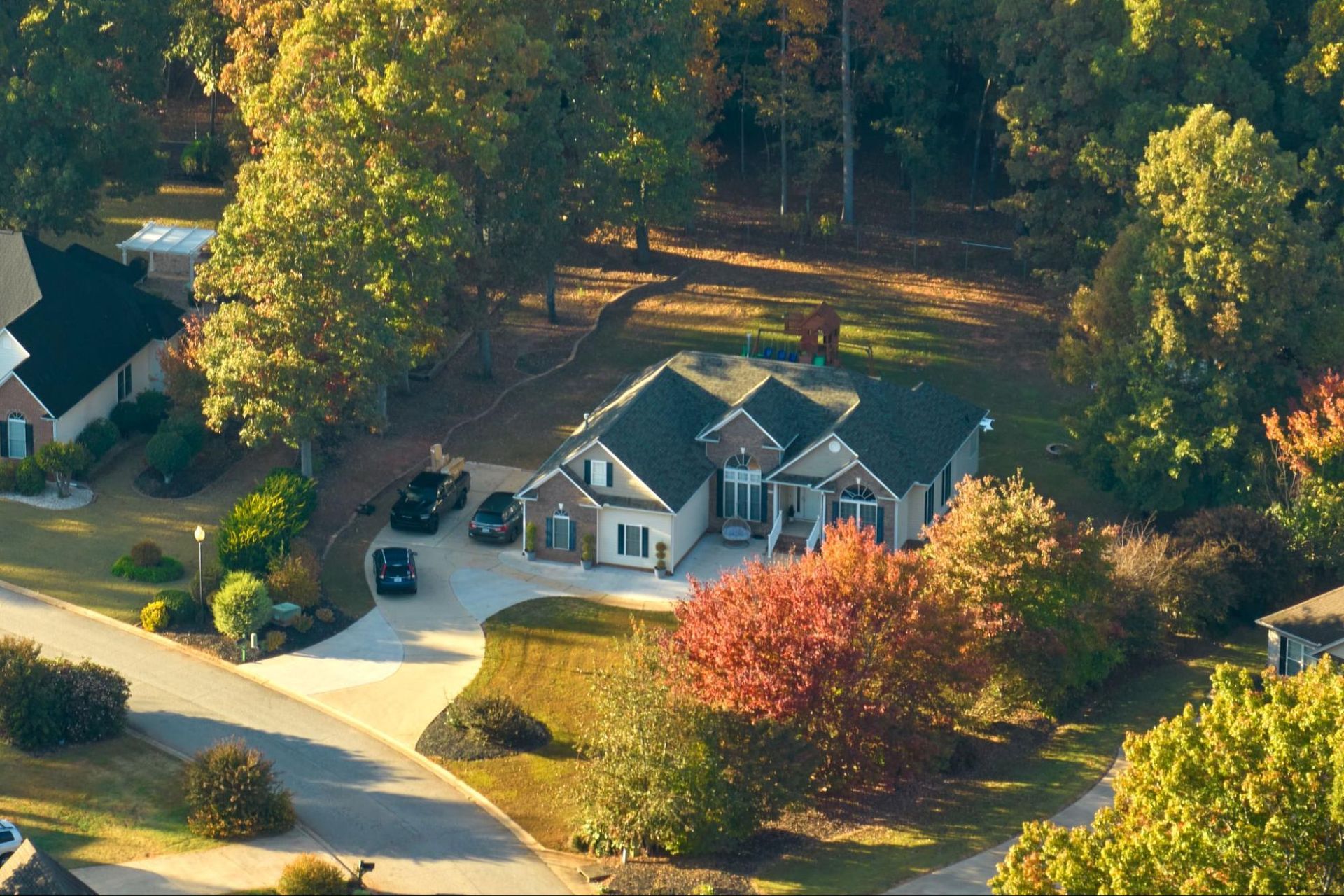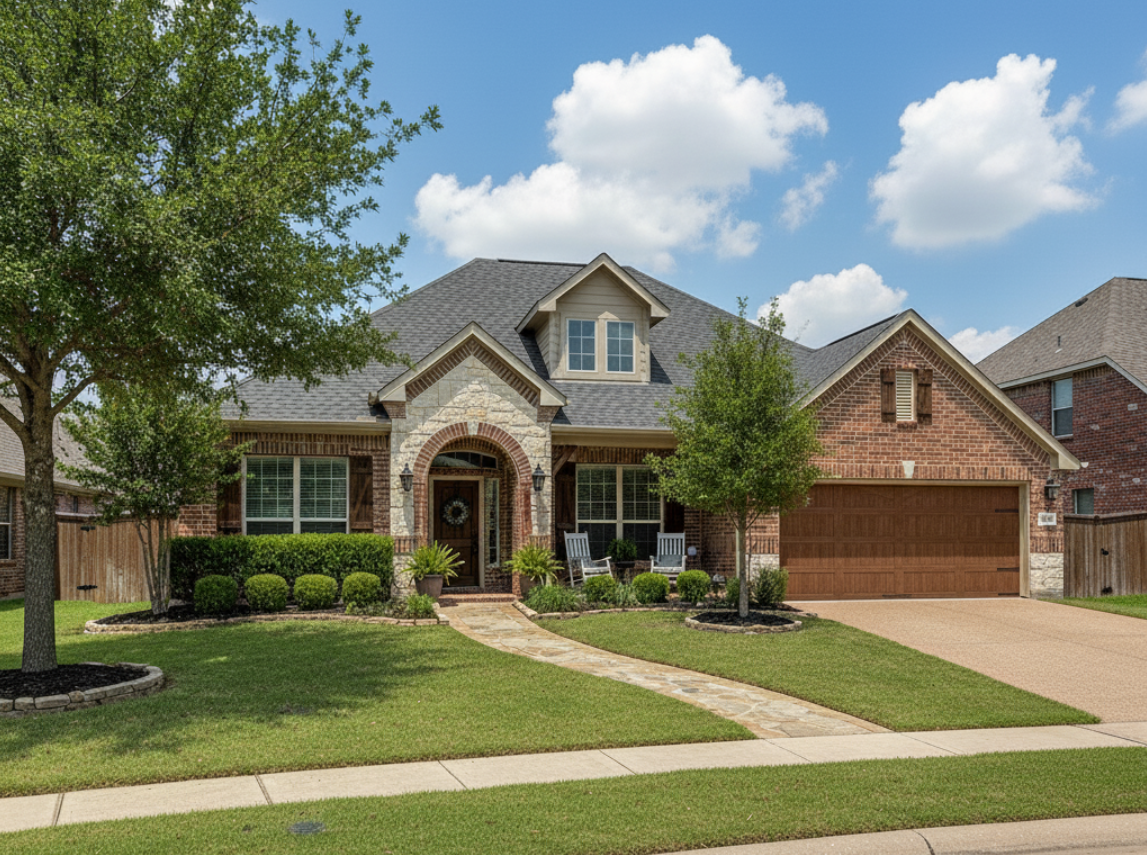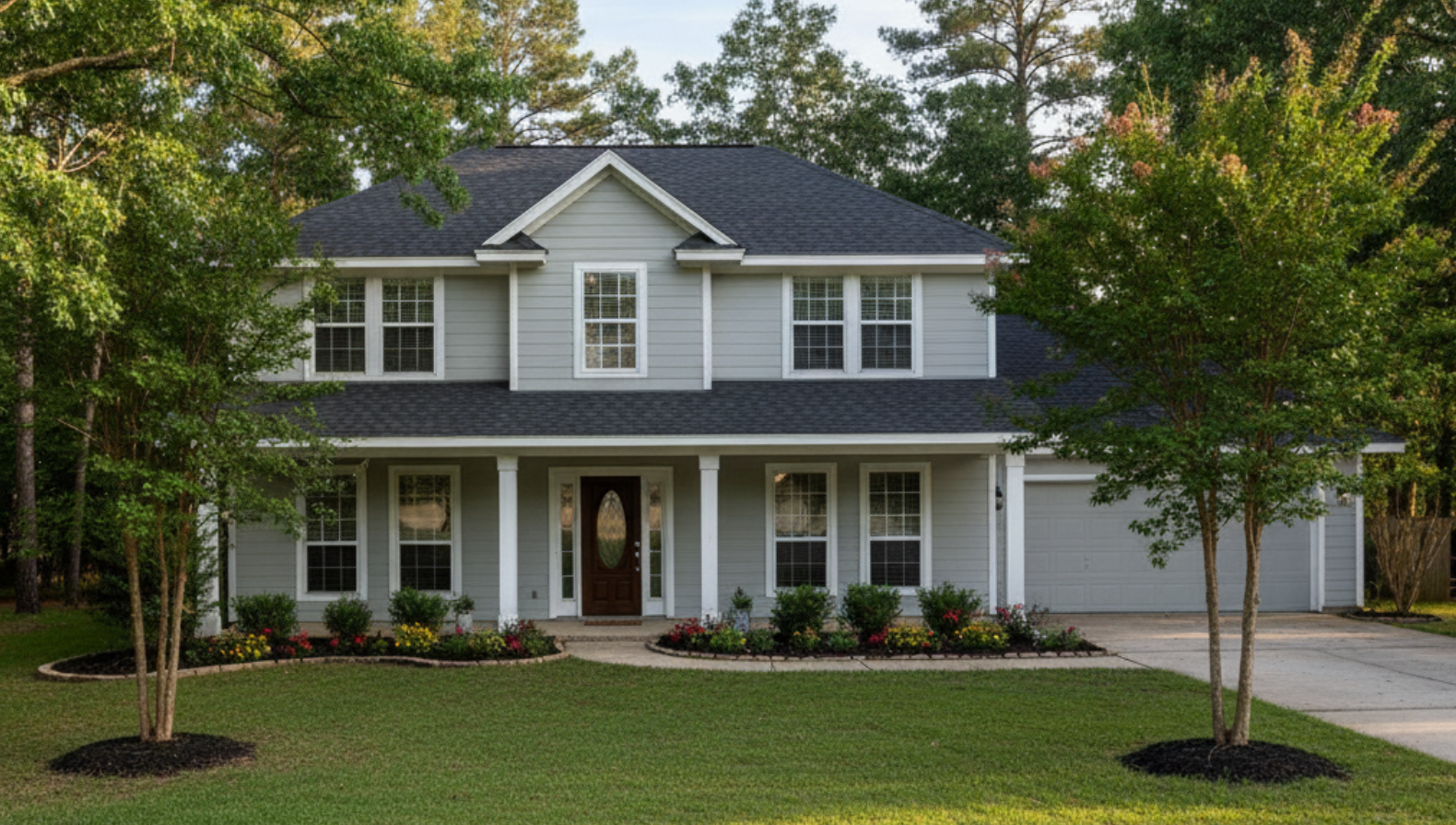Beat the Clock: Correcting Items After TAS Inspection
How long to correct items after TAS inspection is a common question among property owners aiming to ensure compliance with the Texas Architectural Barriers Act. After a TAS inspection, the timeframe to address and correct any identified issues is crucial and must be taken seriously to maintain compliance and avoid potential penalties. Property owners have one year from the project's recorded completion date to conduct and finalize any necessary corrections. This means any discrepancies found during the TAS inspection must be resolved within this period to avoid any administrative actions or fines.
The Texas Architectural Barriers Act aims to ensure that all buildings and facilities are accessible to individuals with disabilities. Compliance with this act is not just about avoiding legal headaches—it's a commitment to inclusivity and safety. After the completion of a construction project, a TAS inspection will assess the building's adherence to these standards. If the property fails to comply, timely corrections are necessary.
We will explore the detailed inspection process and discuss why it’s important to address any compliance issues promptly.
Understanding TAS Inspections
TAS inspections are a critical step in ensuring that buildings in Texas meet accessibility standards. These inspections are required by the Texas Department of Licensing and Regulation (TDLR) to verify compliance with the Texas Accessibility Standards (TAS). The goal is to make sure that all public spaces are accessible to everyone, regardless of physical ability.
Inspection Requirements
Before a TAS inspection can take place, several criteria must be met. First, the construction project must be completed. Once finished, the property owner has up to one year to schedule and complete the inspection. This timeline is crucial because failing to adhere to it can result in fines and administrative actions.
The inspection itself involves a thorough review of various aspects of the building, such as entrances, exits, parking, and interior spaces. Inspectors check for compliance with TAS guidelines, which cover everything from door widths to the presence of tactile signage.
Project Completion
The recorded completion date of a project is a key milestone in the TAS inspection process. This date marks the start of the one-year period during which the inspection must be completed. It's important for property owners to keep accurate records of this date and any related documentation. If issues are found during the inspection, the property owner is responsible for making the necessary corrections within this timeframe.
Texas Accessibility Standards
The Texas Accessibility Standards are a set of guidelines that ensure buildings are accessible to individuals with disabilities. These standards are based on the federal Americans with Disabilities Act (ADA) guidelines but have specific requirements for Texas. Compliance with TAS is not only a legal obligation but also a commitment to creating inclusive environments.
For more information on TAS inspections and ensuring your property meets accessibility standards, visit Accurate Home and Commercial Services.
How Long to Correct Items After TAS Inspection
When a Texas Accessibility Standards (TAS) inspection uncovers issues, how long do you have to fix them? The correction timeline is crucial for staying compliant and avoiding any penalties.
Correction Timeline and Compliance Deadline
Once a TAS inspection is completed and issues are identified, property owners typically have 90 days to correct these items. This deadline ensures that accessibility issues are addressed promptly, maintaining compliance with the Texas Department of Licensing and Regulation (TDLR) requirements.
Failing to meet this compliance deadline can lead to serious consequences, including fines or other administrative actions. The TDLR emphasizes the importance of timely corrections to ensure that all facilities are accessible to everyone, as outlined by the TAS guidelines.
Administrative Action
What happens if you miss the correction deadline? The TDLR may take administrative action, which can include penalties or even legal action. These measures are in place to ensure that property owners prioritize accessibility and make the necessary adjustments within the given timeframe.
Key Steps to Avoid Administrative Action:
- Monitor Deadlines: Keep track of the 90-day correction period. Mark your calendar and set reminders to ensure you don't miss the deadline.
- Prioritize Corrections: Focus on addressing the most critical accessibility issues first. This strategic approach can help you meet the compliance deadline more effectively.
- Communicate with Inspectors: If you anticipate any delays, communicate with the inspector or the TDLR. They may provide guidance or, in some cases, grant extensions if justified.
Meeting the correction timeline and compliance deadline is essential for avoiding administrative action and ensuring that your building remains accessible to all. Up next, we'll cover the practical steps you should take to correct any identified issues after a TAS inspection.
Steps to Correct Items After TAS Inspection
After a TAS inspection, it's time to take action. Here's a simple guide to help you steer the compliance process and correct any violations.
1. Complete the Inspection Response Form
Your first step is to fill out the inspection response form. This form is a crucial part of the process, as it documents your plan to address the identified issues. Make sure to:
- Clearly list each violation.
- Provide a detailed plan for each correction.
- Include timelines for when you expect each correction to be completed.
Submitting an accurate and complete response form shows the Texas Department of Licensing and Regulation (TDLR) that you're committed to compliance.
2. Follow the Compliance Process
Once you've submitted your response form, follow the outlined compliance process to correct the violations. Here's how:
- Hire Qualified Professionals: Depending on the issues, you may need experts like architects or contractors to ensure the corrections meet TAS standards.
- Schedule Work Promptly: Don't delay in starting the necessary work. Time is of the essence, especially with the 90-day correction window.
- Document Your Progress: Keep records of all work completed, including photos, invoices, and contractor reports. This documentation is crucial for proving compliance if needed.
3. Violation Correction
Address each violation correction with precision. Focus on:
- Prioritizing Critical Issues: Some violations may impact accessibility more than others. Tackle these first to ensure your property is safe and accessible.
- Ensuring Quality Work: Make sure all corrections meet TAS standards. Poor quality work could lead to additional inspections and further delays.
- Re-inspection: Once all corrections are complete, schedule a re-inspection if required. This step confirms that your property now meets the necessary accessibility standards.
Taking these steps seriously not only helps you avoid penalties but also ensures your property is inclusive and welcoming to everyone.
By following these steps, you'll be well on your way to achieving compliance after a TAS inspection. Next, we'll explore why timely corrections are so important and the potential consequences of delays.
Importance of Timely Corrections
Correcting issues after a TAS inspection isn't just about ticking boxes—it's crucial for several reasons.
Legal Implications
Failing to make corrections on time can lead to serious legal consequences. The Texas Department of Licensing and Regulation (TDLR) has the authority to enforce compliance. This could mean hefty fines or even legal action against property owners who neglect to address accessibility violations.
- Fines and Penalties: Non-compliance can result in financial penalties that increase the longer issues remain unresolved.
- Legal Liability: If someone is injured due to a non-compliance issue, the property owner could face lawsuits.
Administrative Action
TDLR can take administrative action if corrections are not made within the specified timeframe. This can include:
- Revoking Licenses: For businesses, this could mean losing licenses necessary to operate.
- Public Record: Non-compliance can become part of public records, potentially damaging reputations and affecting future business opportunities.
Compliance Benefits
Timely corrections offer several benefits beyond avoiding penalties:
- Improved Accessibility: Ensuring your property is accessible means everyone can use it safely and comfortably.
- Improved Reputation: Demonstrating a commitment to accessibility can improve your reputation as a responsible property owner.
- Financial Savings: Addressing issues promptly can prevent more costly repairs down the line.
In short, making timely corrections after a TAS inspection is not just about avoiding negative consequences. It's about embracing positive change that benefits everyone using the property. Let's answer some frequently asked questions about TAS inspections to clarify any lingering doubts.
Frequently Asked Questions about TAS Inspections
What happens if I miss the correction deadline?
Missing the correction deadline after a TAS inspection can lead to administrative action from the Texas Department of Licensing and Regulation (TDLR). This might include fines and penalties, which can increase the longer compliance issues remain unresolved. In some cases, TDLR might even take more severe steps, such as revoking business licenses or making non-compliance a matter of public record. This could harm your reputation and future business opportunities.
Can I request an extension for corrections?
Yes, requesting an extension for corrections is possible. The TDLR understands that some issues may take longer to resolve. However, this compliance flexibility is not guaranteed. To increase your chances of getting an extension, you should submit a formal request as soon as you realize more time is needed. Be sure to include a detailed explanation of why the extension is necessary and a timeline for when you expect to complete the corrections. That extensions are granted on a case-by-case basis.
Who is responsible for ensuring corrections are made?
The property owner holds the primary responsibility for ensuring that all corrections are made following a TAS inspection. Under the Texas Architectural Barriers Act, owners are accountable for compliance with accessibility standards. This includes any work done by tenants or contractors. As the property owner, have a clear plan for addressing any violations and to communicate effectively with any parties involved in making the necessary changes. This ensures that all compliance issues are resolved within the required timeframe, maintaining compliance accountability.
For more information on TAS inspections and how to ensure your property meets accessibility standards, check out our TAS Inspection Services.
Conclusion
Ensuring compliance with the Texas Accessibility Standards (TAS) is not just a legal obligation but a commitment to accessibility and inclusivity. Accurate Home and Commercial Services, based in Conroe, TX, is dedicated to helping property owners steer this complex process with ease. With their extensive experience and attention to detail, they offer comprehensive inspection services that prioritize compliance assurance and customer satisfaction.
Accurate Home and Commercial Services understands the importance of timely corrections after a TAS inspection. Their team of experts works closely with property owners to identify and address any non-compliance issues swiftly. By doing so, they not only help avoid potential administrative actions but also ensure that properties are accessible to everyone.
Choosing Accurate Home and Commercial Services means choosing a partner who is committed to making the compliance process as seamless as possible. Their full-service approach ensures that all aspects of TAS inspections are covered, from the initial assessment to the final corrections. This dedication to service excellence is why they are a trusted name in the Greater Houston area.
For more information on how Accurate Home and Commercial Services can assist you with TAS inspections and ensure your property meets all accessibility standards, visit their TAS Inspection Services.











